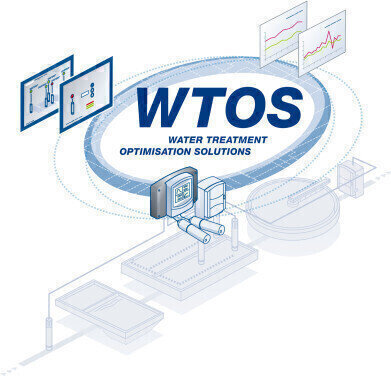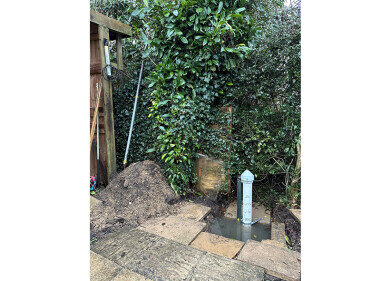Water/Wastewater
Wastewater Treatment Optimisation Provides Cost Savings
Oct 04 2011
The Hach Lange optimisation system combines process measurement technology with advanced RTC control modules to provide substantial savings in operational costs, whilst maintaining compliance with consent values.
In combination with Hach Lange sensors, Nutrient Removal and Sludge Treatment Processes can now be easily optimised in order to achieve savings in aeration energy and chemical consumption, even on small waste water treatment facilities.
RTC opportunities
Stand-alone wastewater treatment optimisation solutions (WTOS) control modules are now available to optimise individual treatment processes at treatment plants. These can be easily integrated into an existing plant structure and currently include (1) the chemical elimination of phosphorus and (2) dissolved oxygen adjustment according to the actual NH4-N load in an aeration tank.
In addition to the stand-alone modules mentioned above, it is also possible to combine different RTC modules to optimise an entire plant.
Stand-alone RTC example: chemical phosphate removal
The measurement technology for phosphate has advanced considerably in recent years in tandem with a reduction in capital and operational costs. As a result, an easy to integrate RTC module in the phosphate removal process can deliver pay back periods of less than one year.
The measurement of phosphate levels in combination with an RTC system can be utilised to manage the dosing of precipitant salts.
Wastewater treatment plants operating an open loop real time control system for phosphate removal have demonstrated considerable savings – a UK works has saved approximately 37% of the ferric sulphate cost and 57% of caustic chemical costs and a plant in Italy has shown 50% cost savings in comparison with a constant dosing system, which represents a 7 month payback.
The UK project demonstrated that the RTC system was able to respond quickly to ammonium influent spikes and to maintain a stable effluent ammonium level. The trial also demonstrated that the RTC system was able to reduce methanol consumption by 50% and energy (measured as air flow) by 20%. The system has now operated successfully for more than one year.
Summary
Recent advances in sensors, analysers and controllers mean that wastewater treatment no longer has to be managed on a ’worst case scenario’ basis. Processes can now be monitored and adjusted instantaneously to maximise efficiency and improve process stability. Cost reduction is obviously a key benefit, but the ability to reduce energy consumption is becoming an important objective.
Digital Edition
IET 34.2 March 2024
April 2024
Gas Detection - Biogas batch fermentation system for laboratory use with automatic gas analysis in real time Water/Wastewater - Upcycling sensors for sustainable nature management - Prist...
View all digital editions
Events
May 05 2024 Seville, Spain
May 06 2024 Minneapolis, MN, USA
May 13 2024 Munich, Germany
May 15 2024 Lund, Sweden
May 15 2024 Frankurt-am-Main, Germany


















